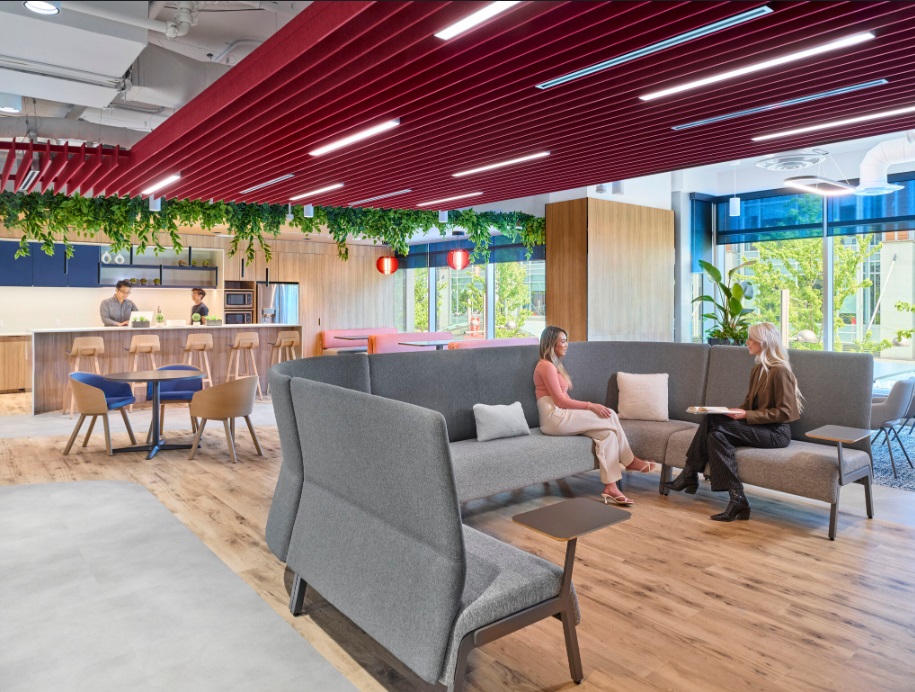Biogenic materials like hemp, bamboo, straw, and wood are making waves in the building industry, not just in homes but increasingly in corporate offices. These materials don’t just reduce carbon emissions—they actively sequester carbon, offering a promising path to meet sustainability goals like those set by the Architecture 2030 Challenge.
Legislation like the Bipartisan Infrastructure Law and the Inflation Reduction Act is pushing for low-carbon materials in federal buildings, but corporate offices stand to benefit as well. Incorporating biogenic materials into office designs can create healthier, more energy-efficient spaces that align with the growing demand for corporate responsibility.
For example, hempcrete offers excellent insulation and improves indoor air quality by regulating humidity naturally, reducing the need for harmful chemicals. Bamboo provides durable, eco-friendly options for flooring and walls, cutting down the carbon footprint of traditional materials.
Beyond environmental benefits, adopting these materials can drive economic growth, particularly in rural areas, by supporting local farmers and manufacturers. Plus, it boosts a company’s sustainability credentials, helping to attract top talent who value environmental stewardship.
The future of corporate office design is undeniably green. By embracing biogenic materials, companies can create workplaces that are not only sustainable but also reflective of their values and vision. The time to think beyond residential applications is now—let’s bring these innovations into the corporate world.
SustainableDesign CorporateSustainability CRE GreenBuilding SustainabilityLeadership EcoFriendlyOffices BiogenicMaterials




